#Mirwais
Photo

MOMMY
40 notes
·
View notes
Text
love profusion
there is to many questions
there is not one solution
there is no resurrection
i have lost my illusions
2 notes
·
View notes
Text
Madonna: Madame X (2019)
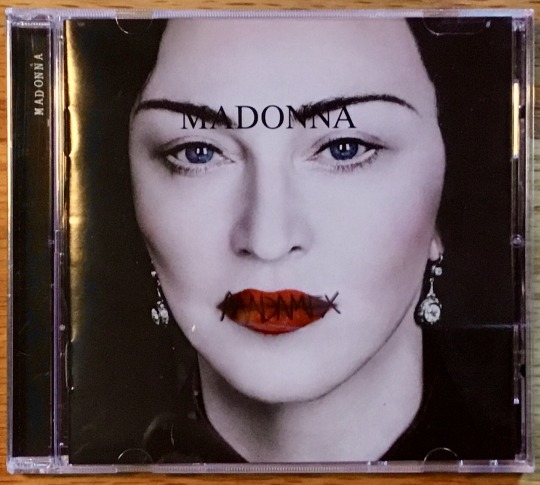
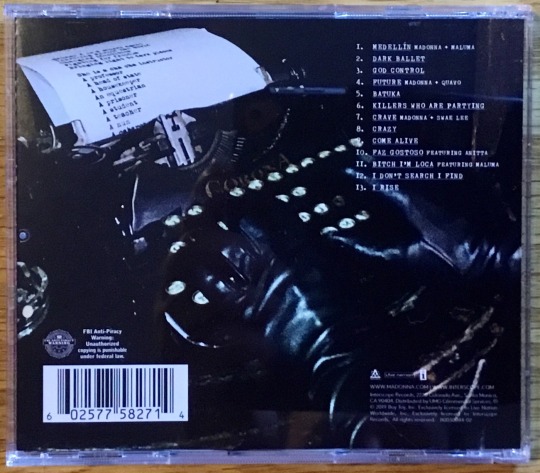
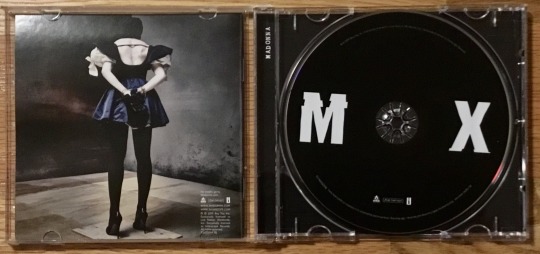
Compact Disc
Interscope Records
#my vinyl playlist#madonna#maluma#quavo#swae lee#anitta#mirwais#mike dean#jason evigan#diplo#pharrel williams#interscope records#latin music#art pop#trap#world music#pop muisc#dance music#record cover#album cover#vinyl records#album art
15 notes
·
View notes
Text
Mirwais - Disco Science (Official Music Video)
youtube
0 notes
Photo

That stutter guitar, auto-tuned vocal French disco sound that Madonna died another day with. It’s his fault. #music #cd #mirwais https://www.instagram.com/p/CeMYflKlbJC/?igshid=NGJjMDIxMWI=
1 note
·
View note
Text
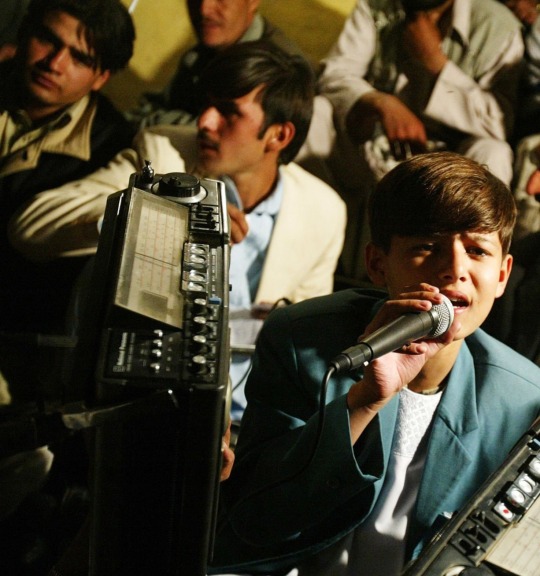
Mirwais Najrabi, 12, sings at a local Kabul wedding party put on by the groom's family October 5, 2004 in Kabul, Afghanistan. Najrabi along with one older brother and a three other musicians, sing and perform for wedding parties each night during Kabul's marriage season. Mirwais Najrabi and his group earn $400 for each performance. Two people record Najrabi's performance. The young boy attends sixth grade at a neighborhood high school with 1,200 other students. Najrabi sings in Dari and Pushto and cassettes of his songs are on sale in the bazaars. His father, now dead, was a popular Afghan classical music player.
Robert Nickelsberg
6 notes
·
View notes
Text

Mirwais Ahmadzaï et Daniel Darc, en 1983, à Paris. MIRWAIS
12 notes
·
View notes
Note
I don't know if this is a cold take or a hot take, but whenever Yvette comes on I hear Mirwais come on immediately. Especially Miss You and Mirwais/Madonna - Paradise not for me
I can't say I hear it but I totally get where you're coming from, also that's a really good cover???
But re: your other ask, YOU DON'T EVER HAVE TO APOLOGIZE FOR SENDING ME CHARACTER STUFF MWAH 😘❤️❤️
7 notes
·
View notes
Text

#Madonna#Music#cassette#2000#Maverick#Mondino#Madonna 2000#Mirwais#Maverick Records#Madonna40#Queen Of Pop
19 notes
·
View notes
Text


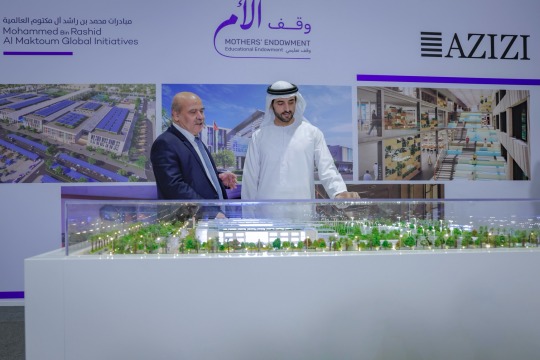
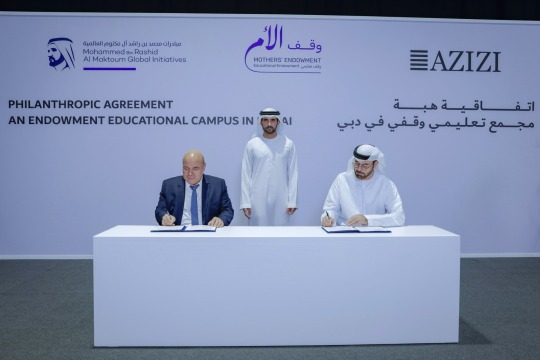
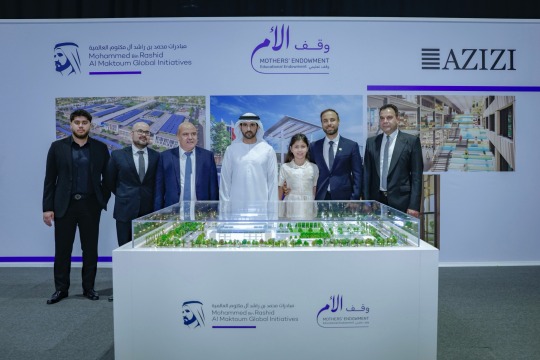
سمو الشيخ حمدان بن محمد : في مبادرة خيرية تعتبر ضمن الأعلى في الدولة شهدت اليوم توقيع اتفاقية بين مبادرات محمد بن راشد العالمية وشركة عزيزي للتطوير تتبرع بموجبه الشركة ببناء مجمع تعليمي بقيمة 600 مليون درهم ضمن وقف الأم الذي أطلقة الشيخ محمد بن راشد مع بداية الشهر الفضيل .. نشكر رجل الأعمال مرويس عزيزي مؤسس ورئيس مجلس إدارة عزيزي للتطوير العقاري على هذه المساهمة .. قطاعنا الخاص يثبت كل يوم أنه شريك في المسؤولية … وشريك في مسيرة البناء ..وشريك في مسيرة الخير في دبي والإمارات. كل الشكر والتقدير لهم.
H.H Sheikh Hamdan bin Mohammed : I witnessed the signing of an agreement for a charitable initiative today between @MBRInitiatives and Azizi Developments, in support of the Mother’s Endowment campaign. In a generous act of philanthropy, Azizi Developments has committed to donating AED600 million towards the construction of an educational complex that was previously announced by @HHShkMohd. This is one of the largest ever charitable donations in the UAE. We thank Mirwais Azizi, the founder and chairman of Azizi Developments, for his contribution. This gesture exemplifies the vital role the private sector plays in Dubai as a partner in the nation's development.
Wednesday, 27 March 2024 الأربعاء
3 notes
·
View notes
Text
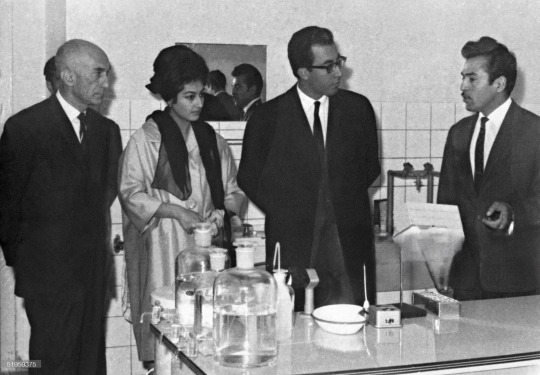
KABUL, AFGHANISTAN - JANUARY 1, 1970: Afghanistan's ex-prince Ahmad Shah, the eldest son of the former king Mohammed Zahir Shah and his wife Khatol visit the Kabul public health blood bank on an unspecified date in the 7Os. Ahmad Shah, now based in the United States, was the honorary president of the Afghan red crescent society when his father ruled Afghanistan from 1933 to 1973 before he was toppled in a court coup. Zahir Shah returned home in early 2002 from four decades in exile in Rome after the Afghan Taliban regime toppled in late 2001. Ahmad Shah is less interested in politics than his youngest brother Mirwais Zahir and his nephew Mustafa Zahir.
11 notes
·
View notes
Text
As if Coca-Cola gave up making soft drinks, the Taliban announced to great fanfare last year that they were getting out of the drug business. The group that rode big opium profits to a takeover of Afghanistan in the summer of 2021 suddenly, seemingly, swore off the stuff. Poppy planting was banned and drugs were off the menu. Or that, at least, is what they want the world to believe.
And they actually are—sort of. Satellite images seem to show a sharp decline in poppy acreage and methamphetamine manufacture since Taliban Supreme Leader Haibatullah Akhundzada announced his ban on producing and trading drugs in April 2022. Some Western officials, diplomats, and analysts see it as a welcome counternarcotics move, achieving with a simple decree what billions of dollars in U.S.-funded programs couldn’t do in two decades.
In reality, though, the Taliban haven’t changed their stripes—just their product. The drugs trade was estimated to account for up to 14 percent of Afghanistan’s GDP last year, according to the U.N. Office on Drugs and Crime (UNODC). If new figures from the UNODC are to be believed, that’s about to get a lot higher.
The Taliban didn’t curtail the drug trade. They cornered it. And then they branched out. What the Taliban did with heroin was stand on the hose, driving up prices. Since Akhundzada’s decree—which did not apply until this year—opium prices have skyrocketed, rising a hundredfold in local markets in eastern and southern Afghanistan, the main growing regions. Seizures of heroin and meth are up, from Australia to India, the Gulf, Central Asia, and at European ports like Rotterdam, in the Netherlands, and Antwerp, in Belgium. Experts say the one-year lag between the decree’s announcement and enforcement gave producers and traffickers time to boost output and stockpiles, while stoking fears of a looming shortage that’s driven an inflationary panic-buying frenzy.
The Taliban are to heroin and meth what the Sinaloa cartel is to cocaine. Southeast Asia still makes a bit, but otherwise, Afghanistan has a stranglehold on the $55 billion-a-year heroin trade. Drug lord Bashir Noorzai, who was a major war financier and a close associate of the supreme leader, was greeted as a hero when he returned to Afghanistan last year upon early release from a life sentence in U.S. prison for heroin smuggling, swapped for an American hostage. Afghan sources say he is back in business.
But the Taliban are upscaling. While they had dabbled—and quite extensively—with meth in the past, they used plant-based precursors. But that takes labor. What’s easier, cheaper, quicker, and more profitable is chemical-based meth.
The UNODC annually assesses Afghanistan’s poppy acreage, opium yield and prices, and heroin production, though since the Taliban regained power, access and visibility, like the reports, are hamstrung. What does seem apparent is that the Taliban have cut down on poppy production. Recent satellite images provided by Alcis show a dramatic reduction in poppy planting. Anecdotal evidence from on-the-ground reporting backs up statements by Alcis researchers that poppy planting could have fallen by as much as 99 percent in some areas.
Afghan journalist Mirwais Khan said his sources in the southern Helmand province, where much of the country’s supply of heroin is sourced, tell him that poppy planting is close to zero for the current season. In the markets, he said, prices have surged from 30,000 Pakistani rupees, or about $100 a kilo a year ago, to 520,000 rupees. (Opium is priced in Pakistani rupees.) Last month, RFE/RL reported opium markets in Helmand and Kandahar operating as usual and said traffickers had amassed “strategic stockpiles” to take advantage of high prices.
Hans-Jakob Schindler, senior director of the Berlin- and New York-based Counter Extremism Project, doesn’t believe the ban is genuine, let alone long-term. He regards it as an attempt to maximize profits while lulling the international community into recognizing the Taliban. Or it’s a diversification play.
“If I was a Talib, I’d be getting into meth,” Schindler told Foreign Policy. The raw material for plant-based methamphetamine, ephedra, grows wild in Afghanistan. The Taliban have cracked down on that, too. But the drug can be synthesized simply and cheaply with easily acquired precursor chemicals and cooked in labs that are almost undetectable on satellite imagery. The costs and returns are many times that of heroin.
“They can ramp up meth production. You can tell [on satellite photos], but you have to know what you’re looking for, and at. It will be much harder to prove,” as the labs often look like any other building, Schindler said.
The UNODC agrees, with an assessment released on Sunday describing the illegal manufacture of meth in Afghanistan as a “growing threat” that is “changing illicit drug markets traditionally focused on the trafficking of opiates from Afghanistan.” Chemical precursors have become the main ingredient, the report said, derived from legally available sources like cold medicine or bulk industrial ephedrines that are smuggled into Afghanistan year-round. One kilogram of pure meth can be produced from less than 2 kilos of industrial ephedrine, compared to 200 kilos of ephedra plant that have to be harvested and prepared by human beings who like to get paid.
The Taliban have been moving into meth for some years, building markets by including it in shipments of heroin. Australian media has reported huge seizures of Afghan meth, sent through the mail from Pakistan to motorcycle gangs that dominate the trade. Compared to heroin, a little goes longer, and the UNODC report shows the Taliban are trading it to every corner of the world.
As industrial-scale manufacture of chemical drugs ramps up, the biggest losers are Afghanistan’s farmers, who languish at the bottom of the economic pyramid, among the poorest people in one of the world’s most indigent countries. For decades, they’ve been Taliban serfs, forced to grow poppies to help fund the war against the Western-backed Afghan state. The Taliban provided inputs, including seeds and fertilizer. Farmers found themselves in a debt trap they could and did pay off at times by fighting for the Taliban against Afghan and international coalition forces.
News footage of lathi-armed goon squads destroying poppy fields is a déjà vu of failed counternarcotics programs during the past two decades, which at least offered farmers alternatives, like growing wheat or saffron. Insurgent suicide bombers would destroy seed distribution centers, and Taliban operatives would sometimes even kill farmers who tried to make the switch. The U.S. Special Inspector General for Afghanistan Reconstruction reported that the U.S. government spent, between 2002 and 2017, about $8.6 billion on counternarcotics efforts. Opium remained Afghanistan’s largest cash crop.
But wheat and other crops are just not a viable option. “If they grow grain, they will starve,” Schindler said, as Afghan farmers need cash crops to cover their costs. A long-term drought has cut their ability to grow food. If the ban continues, many men will be forced off the land to look for work elsewhere, adding to the huge numbers of internally displaced and, potentially, to the numbers flooding out of the country—to Pakistan, Iran, and beyond—in search of work.
Little farmers and big landowners both stand to lose from the continued ban, even if that was the endgame of all those years of U.S. and international efforts. Akhundzada seems to have put his prestige on the line with the ban, regardless of the collateral damage.
“The economic shock and human suffering will continue and worsen as long as the ban is implemented,” warned William Byrd, an expert on Afghanistan at the U.S. Institute of Peace.
3 notes
·
View notes
Photo

#rayoflight #madonna #williamorbit #patrickleonard #mariusdevries photography: #mariotestino If you have thought that Madonna was a credible artist , look no further than to this brilliant adventurous record she made with William Orbit, whose records I cannot recommend more. This period when Madonna was experimenting with such great collaborator’s like French/Algerian producer #mirwais . This electronica, triphop and techno-pop record contains so many cutting edge music from drum and bass, eastern music, house, ambient and classical. Her vocals are best on this record and then the song writing #frozen v#nothingreallymatters #thepowerofgoodbye and the title track #rayoflight - what is great is that this particular record is the best selling album by a woman 16 million sold - this took electronica to the mainstream and it’s that good Enjoy (at Hollywood Hills) https://www.instagram.com/p/CdhjlTMuoWV/?igshid=NGJjMDIxMWI=
#rayoflight#madonna#williamorbit#patrickleonard#mariusdevries#mariotestino#mirwais#frozen#nothingreallymatters#thepowerofgoodbye
0 notes